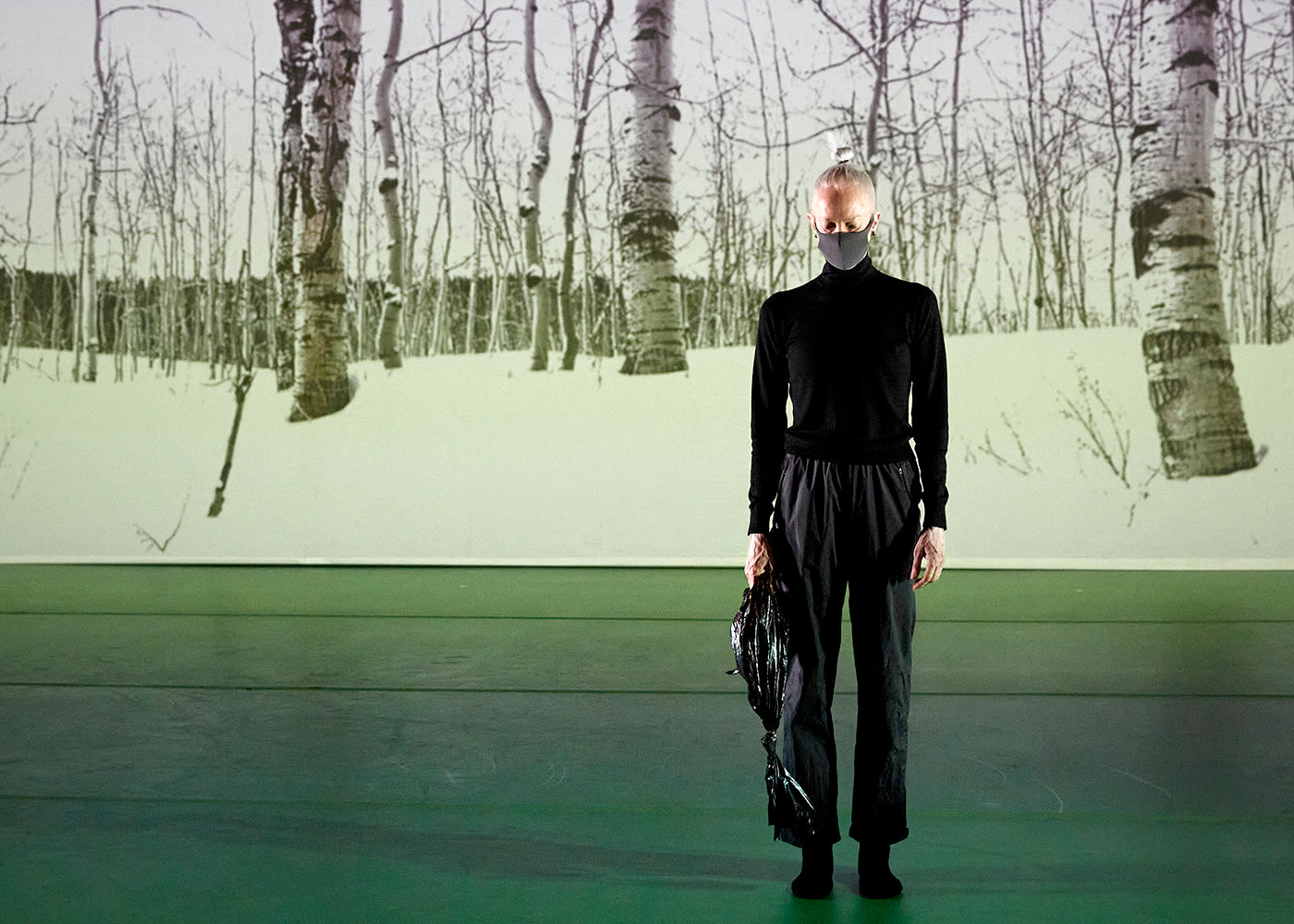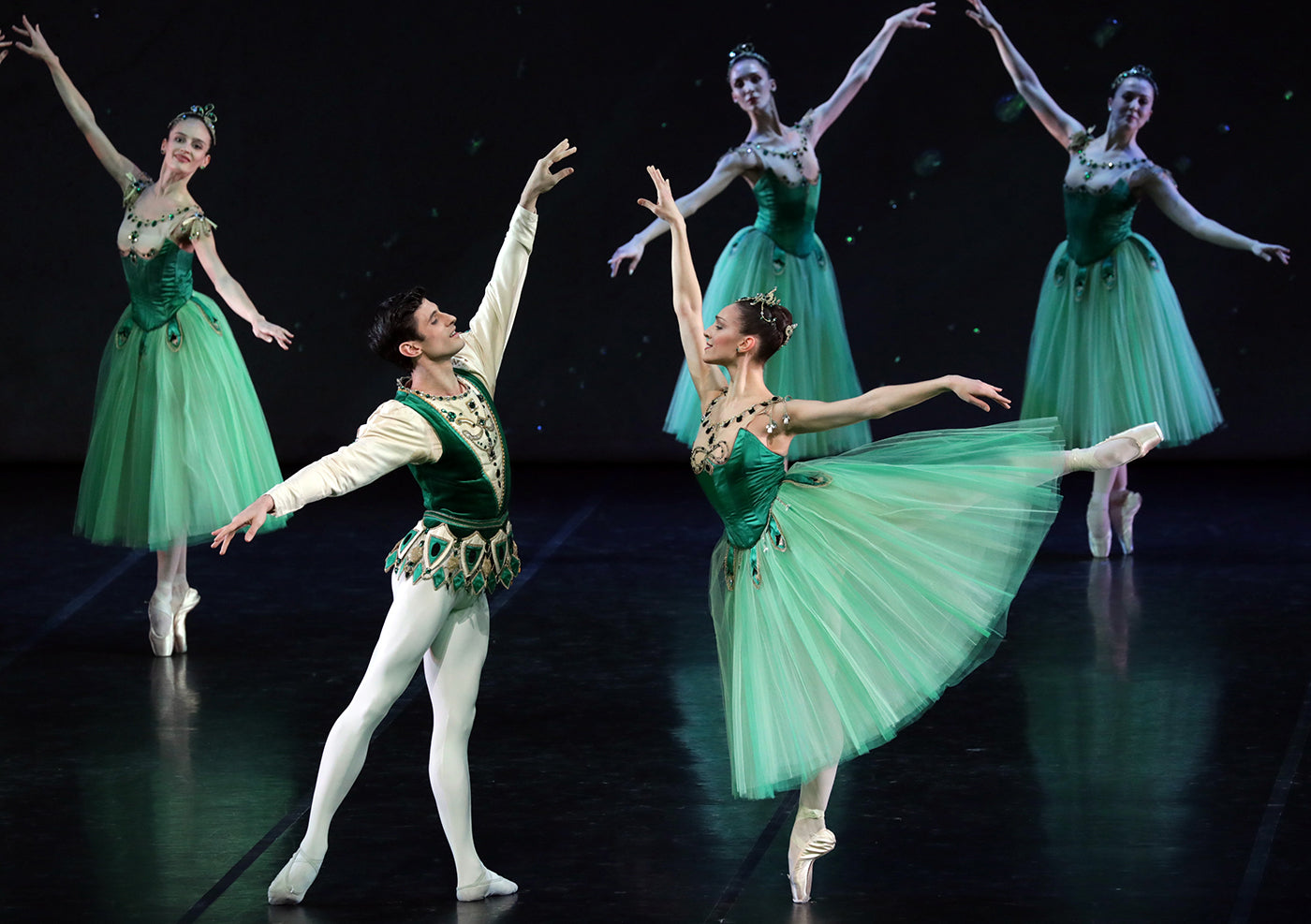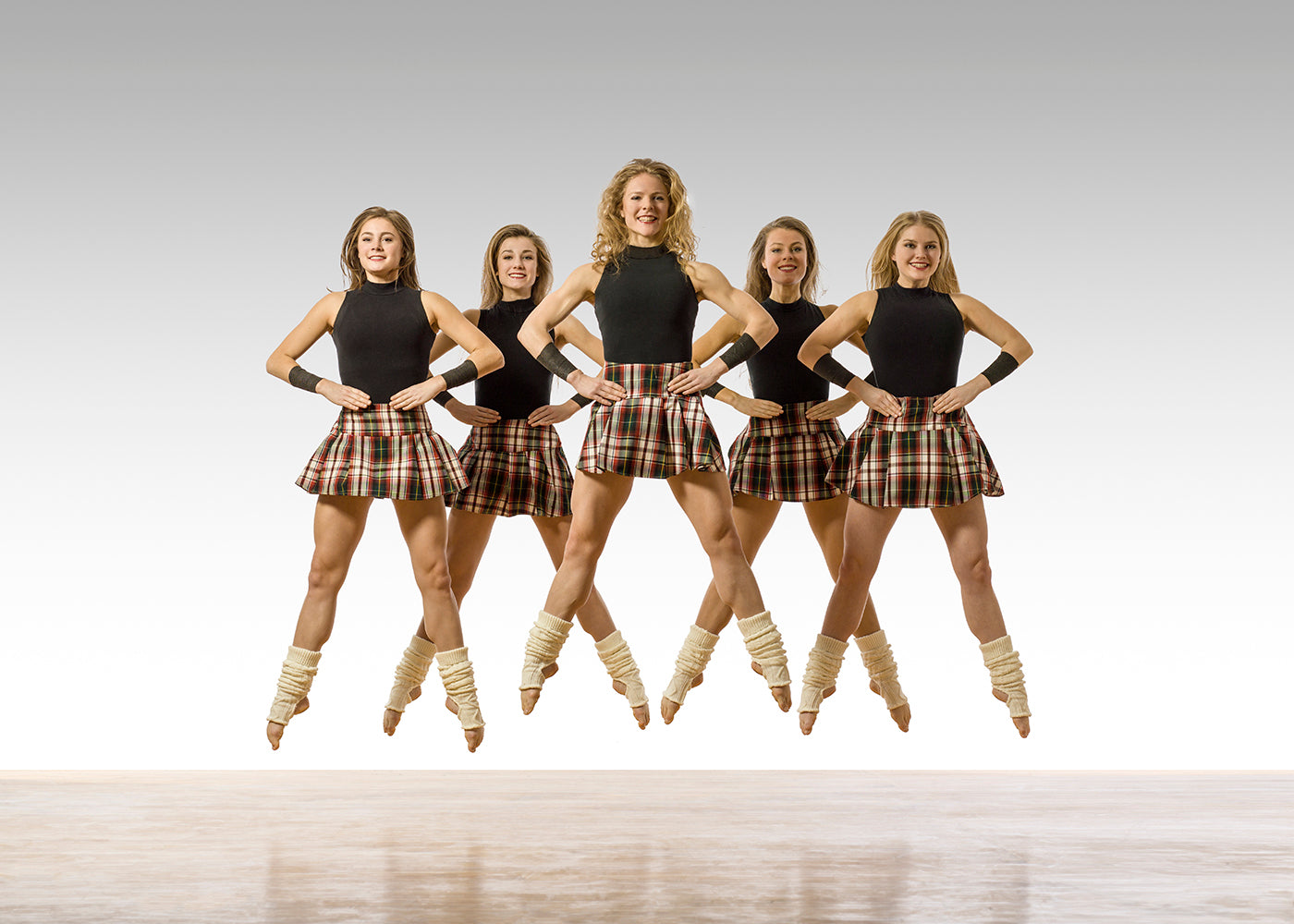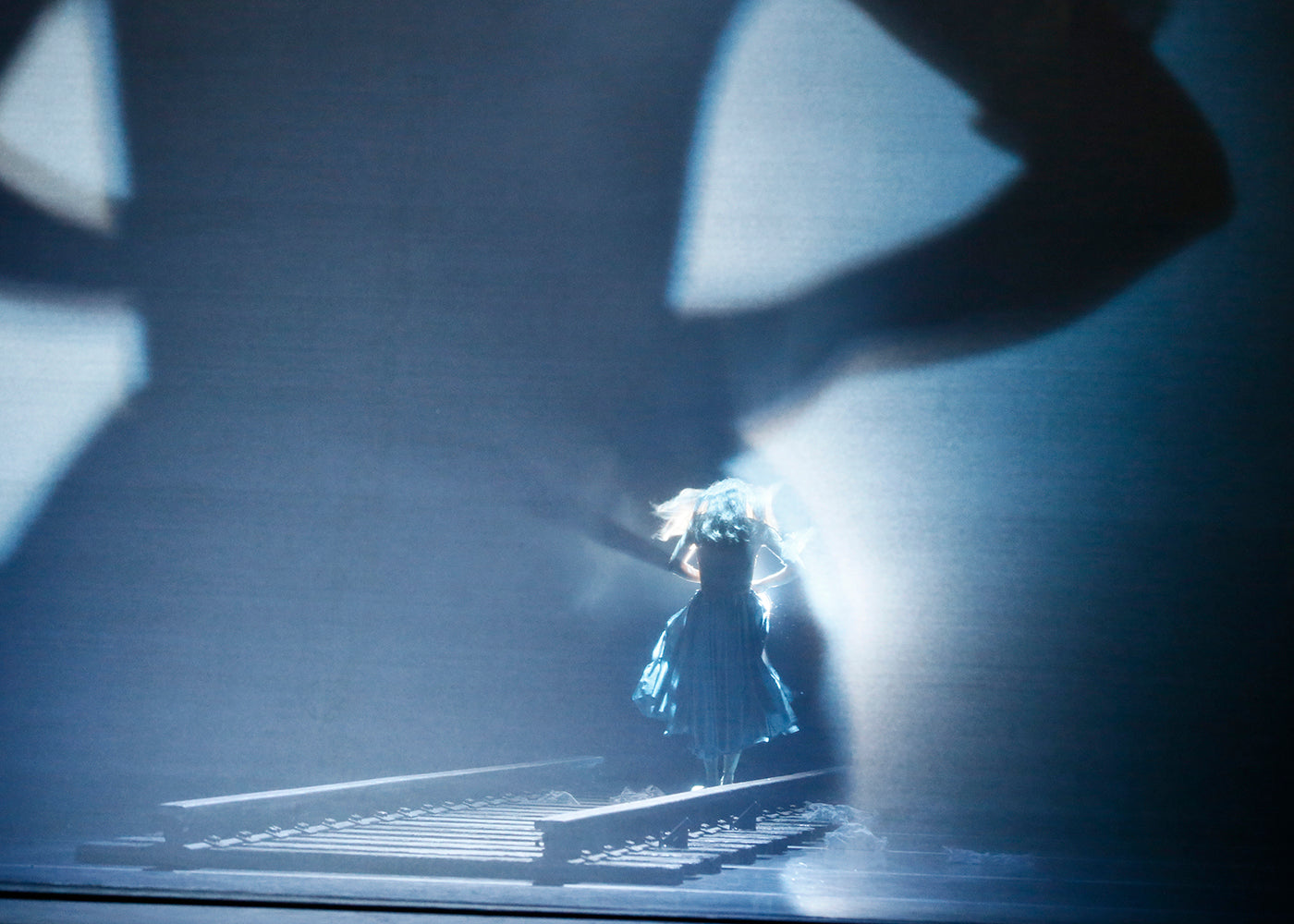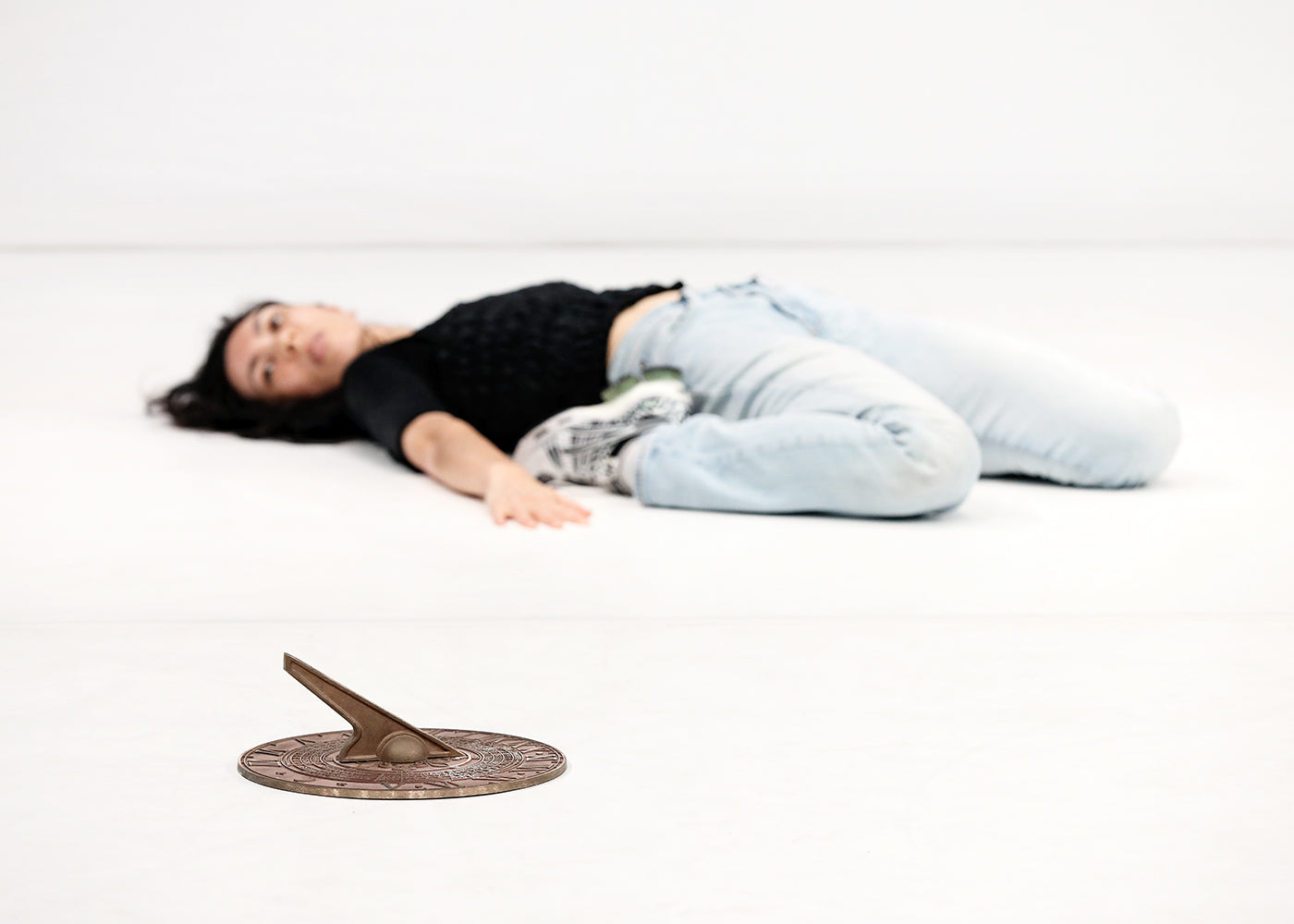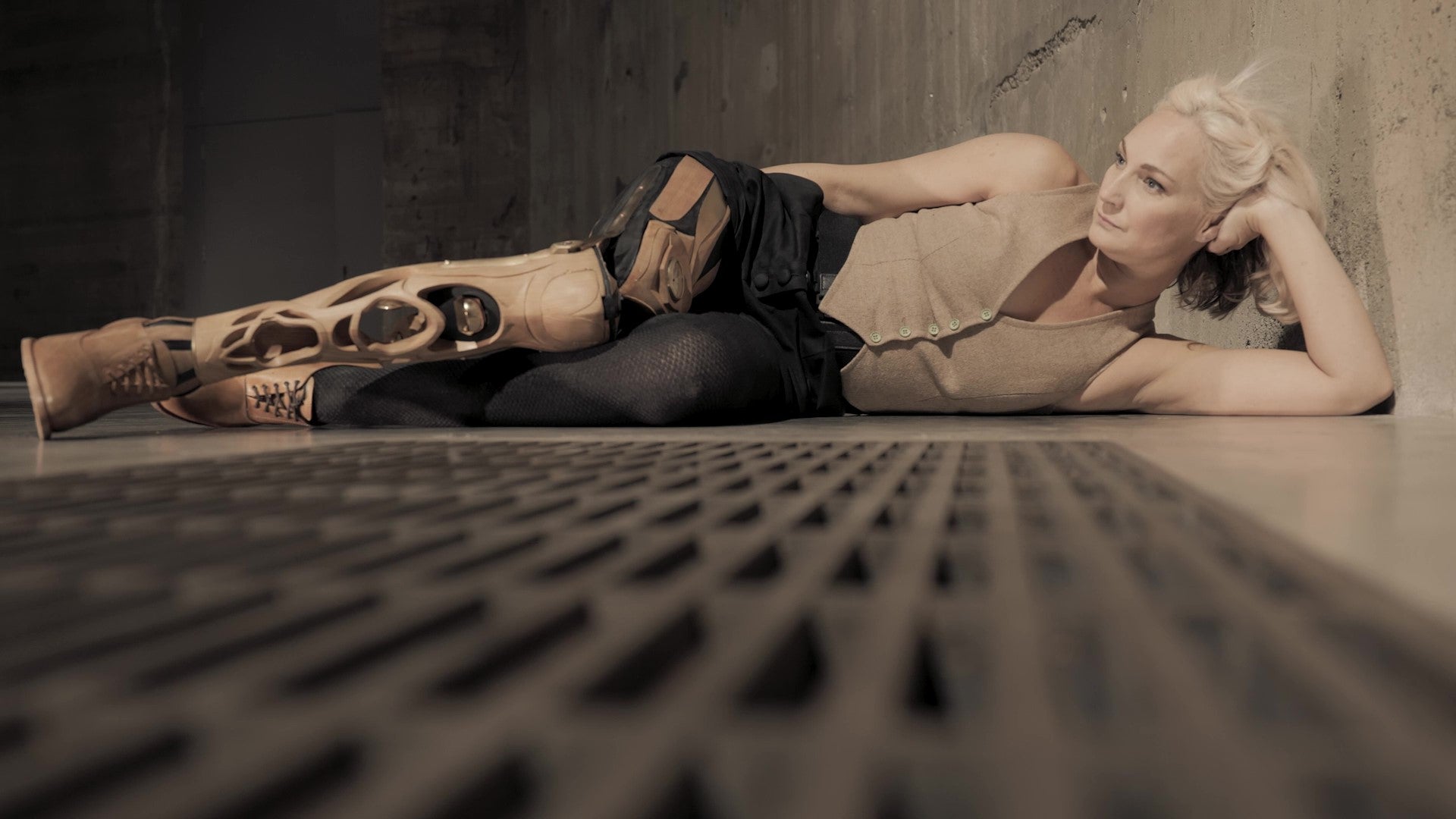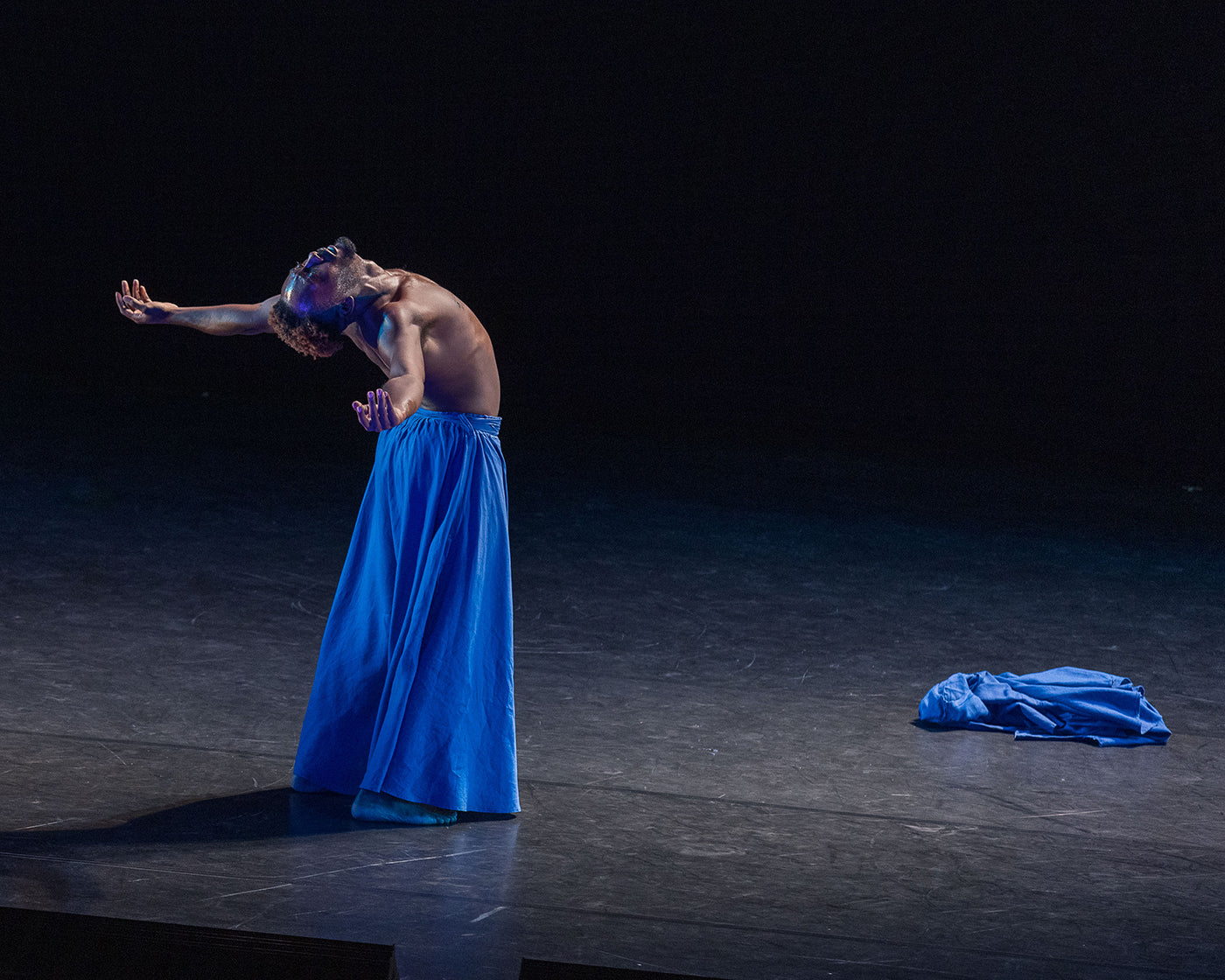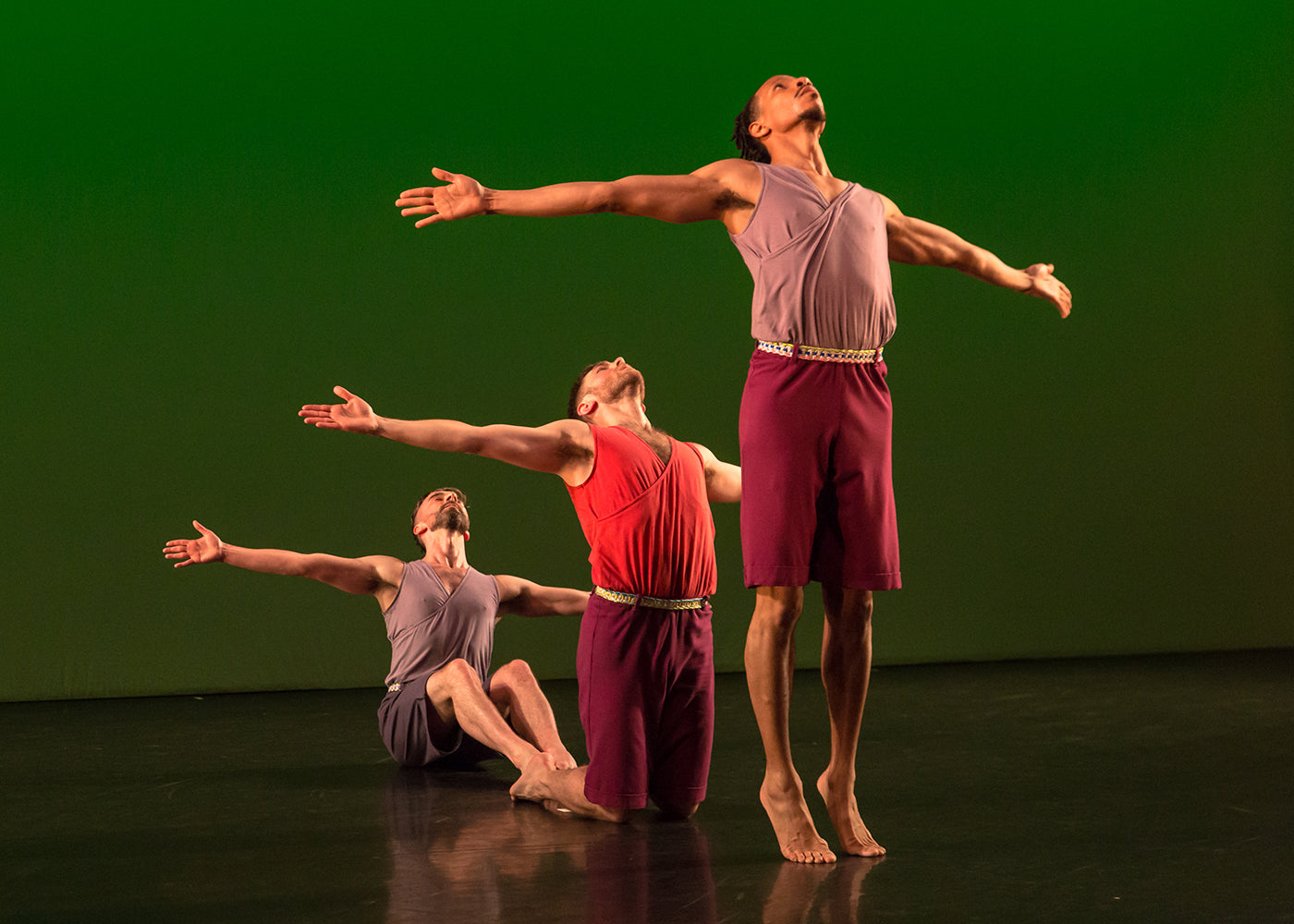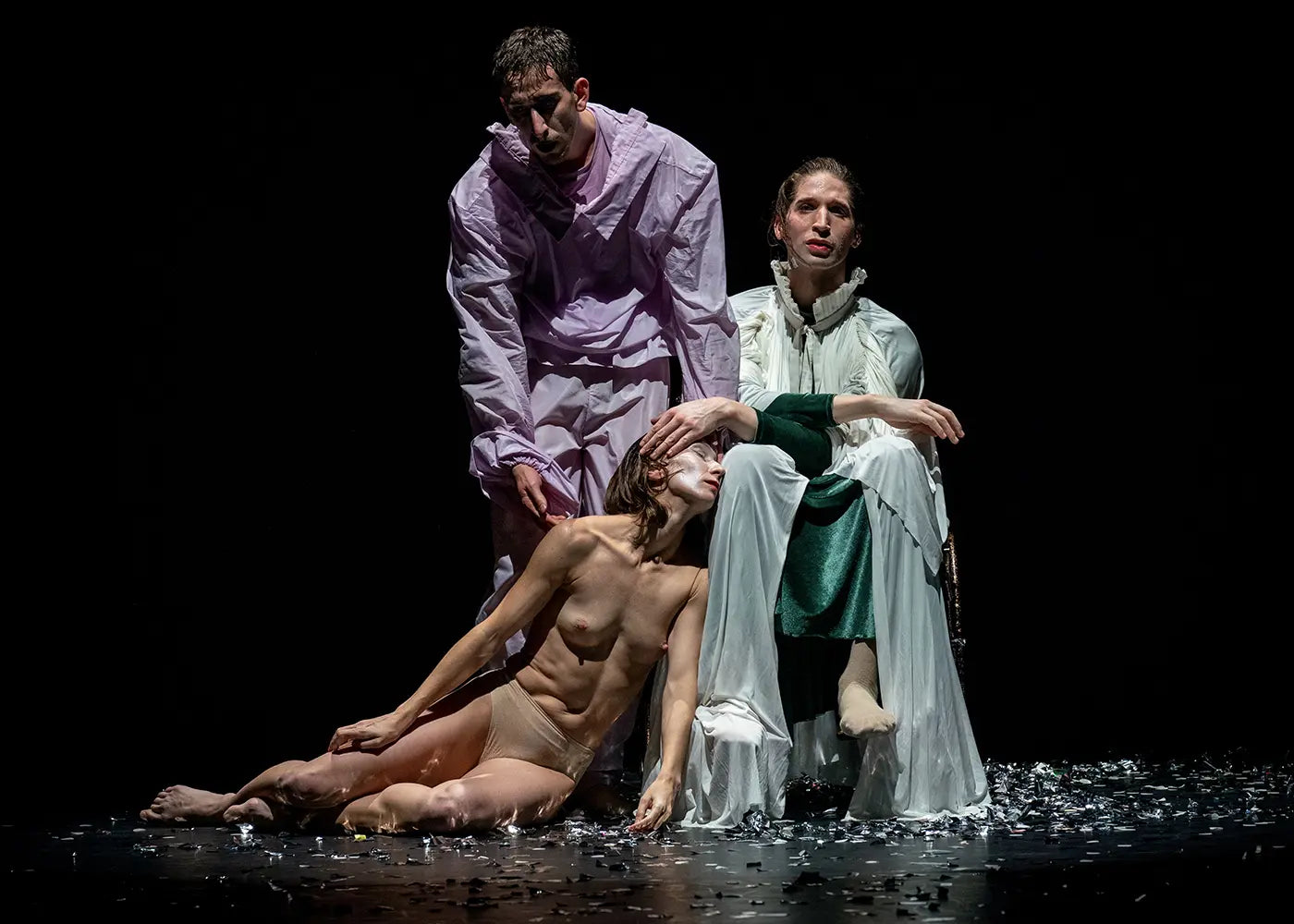Pandemic Punk
When I heard that Karole Armitage had packaged her latest creations as “A Pandemic Notebook,” I was intrigued. What exactly does a punk ballerina/director/choreographer get up to during a long cultural shutdown? As is her wont, a lot. And though she did succumb to one straightforward pandemic trope, in “6’ Feet Apart” (the only clunker on the bill), she mostly took the big themes of the past few years—disease, Trump, nature, celebrity—and filtered them through her smart and eclectic lens. At New York Live Arts last week, her Notebook entries were presented as a series of short works alternating between...
Plus

